Resources
Videos Developed
I Love A Challenge #33

#DPAeveryday

Related Content
Active School Travel: Tools for Change
The 2024 Winter Cycling Congress: What a Ride!
SHAPING THE FUTURE 2024 RECAP
WHAT DO YOU GET WHEN AN ACTIVE SCHOOL TRAVEL CHAMPION FACES CHALLENGES? REALLY GREAT SOLUTIONS.
WINTER CYCLING IN ALBERTA
GRANTING PERMISSION TO TRY WITH CYCLING
EVERYBODY PLAYS: LEAGUES OF PLAY
TEACHING THE NEW ALBERTA K-6 CURRICULUM
HOW TO HOST A TOURNAMENT
HOSTING A HISTORIC ATHLETIC EVENT
Re-defining Recess

Recess in schools is often defined traditionally as outdoor physical activity. Though we would all agree that physical activity, and even being outdoors, is critical to the growth and development of children and youth, in some cases it may not be meeting the rest, leisure and play needs of all students.
When we explore those needs, we can quickly see that while some students benefit from moderate-to-vigorous physical activity during recess, others may benefit equally from quietly reading a book or completing a puzzle. Do our recess environments meet these needs? In order to adequately meet the needs of all students, we may need to re-define what recess means.
SO, WHY IS RECESS IMPORTANT AND HOW CAN WE BETTER SUPPORT STUDENTS THROUGH RECESS?
We choose to focus on recess this year because of the ever-present challenges with helping recess become a more meaningful space for students and school staff. Cold weather policies can prohibit outdoor time and are common hurdles for Alberta school communities. We also look to further action and knowledge-sharing around normalizing physical activity (PA) and movement throughout the entire school day, rather than emphasizing PA primarily during recess and physical education. By re-defining recess to something more akin to Article 31 of the UN Convention on the Rights of the Child (e.g., rest, play and leisure) we can complement the work by sharing ideas, techniques and strategies that can be employed during classroom/instructional time as well as the hours before- and after-school.
Our goal with physical literacy mentorship is to normalize physical activity across a student's school day by increasing:
- Physical activity opportunities for students within the school community;
- Physical activity opportunities for students outside of standard school hours;
- Teacher knowledge and self-efficacy around physical activity and aspects of well-being.
INCREASING PHYSICAL ACTIVITY OPPORTUNITIES WITHIN THE SCHOOL COMMUNITY
We recommend a variety of physical activity-based opportunities for students through the Alberta Medical Association (AMA) Youth Run Club; a cold-weather recess plan; adding and enhancing playground stencils; and loose parts play.
Through the AMA Youth Run Club, a free, fun and flexible program, students were encouraged to be physically active in a non-traditional sport setting. The program draws participation from students who do not usually choose to be active through its inclusive resources and flexibility.
We have developed a Cold Weather Recess Planning Guide, recommending ways to increase physical activity when the temperature dips below what the school district allows for outdoor play. Strategies include a Polar Club, where parents can sign off for students to be outdoors at lower temperatures; and student recess leaders, who are older students that teach games to their younger peers indoors during recess time.
Playground stencils provide students with opportunities to engage with their environment to create play. Often, these stencils encourage self-directed play opportunities and students can be found playing alone or with their peers, creating and facilitating games amongst themselves.
Although not limited to recess times throughout the day, loose parts play is a natural fit for offering students another unstructured, play-based opportunity during the recess time. Check out our loose parts play landing page for more information!
INCREASING PHYSICAL ACTIVITY OPPORTUNITIES OUTSIDE OF SCHOOL HOURS
We connected students to Active School Travel, providing them with new ideas on how to move to and from school in a way that keeps them active and healthy. We also partnered with local recreation and community centres to provide passes for students and their families to visit the facilities and try out different programs.
Active School Travel (AST) encourages students to get outside and walk or wheel to school. Through AST, we work with the school and community to ensure safe routes to school within the community. This could look like changed traffic flow during high traffic times, no parking zones, bike safety courses, or many other things. There are even opportunities for students who don't live within the schools' walk zone to participate, such as by getting dropped off a few blocks from the school. Students who travel actively to school get in more physical activity per day, which can lead to better focus in class.
Partnering with recreation facilities not only increases the value of community, it also provides all families with access to physical activity — something that is a barrier, particularly for new Canadian families. It encourages the entire family to spend time together being active, which in turn can see students choosing to be active for life.
INCREASING TEACHER KNOWLEDGE AND SELF-EFFICACY AROUND PHYSICAL ACTIVITY AND ASPECTS OF WELL-BEING
Providing professional learning is something Ever Active Schools has always done well, so it is a natural fit within the physical literacy mentorship. We provided teachers with presentations around Recess, Loose Parts Play, Social and Emotional Learning, and Activity Permissive Learning Environments. By increasing teacher confidence and competence to facilitate physical activity, we help to normalize physical activity throughout the school day as an integration with other learning.













